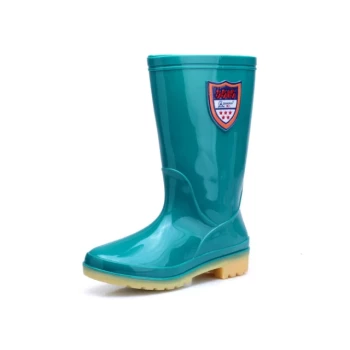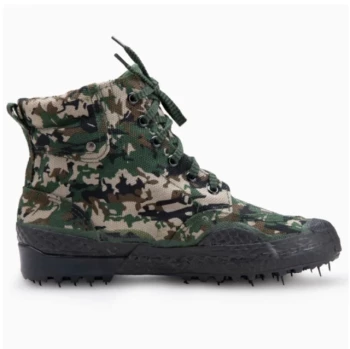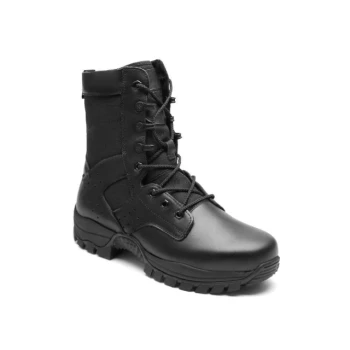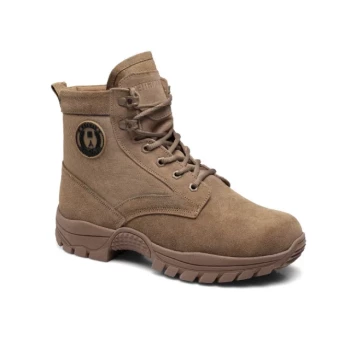Using insulated hiking boots for winter biking is a practical and highly effective strategy. They provide significant benefits in warmth, weather protection, and overall safety that often outweigh the performance compromises for many riders. This approach leverages a versatile piece of gear you may already own, making cold-weather cycling more accessible and affordable.
The core benefit of using winter hiking boots for biking is not performance, but accessibility. They deliver essential warmth, dryness, and safety at a fraction of the cost of specialized cycling footwear, allowing more people to comfortably enjoy riding in cold conditions.
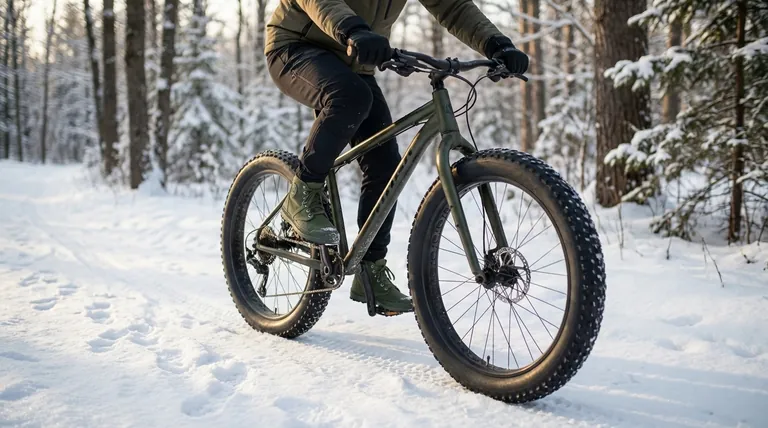
The Primary Benefit: Superior Warmth and Insulation
Your body's first priority in the cold is protecting its core, which means blood flow is reduced to your extremities. Feet, being stationary while pedaling and exposed to wind, get cold very quickly. Insulated hiking boots directly combat this.
Trapping Warm Air
The insulation in winter boots is designed to trap a layer of air, which is then warmed by your body heat. This creates a thermal barrier against the cold outside.
For this to work effectively, you need a little extra space. Sizing your boots up slightly allows for this crucial air gap and prevents insulation from becoming compressed, which reduces its effectiveness.
Accommodating Better Socks
Unlike snug-fitting cycling shoes, hiking boots are built to accommodate thick, warm socks. A quality pair of wool socks paired with an insulated boot provides a powerful two-part system for retaining heat and wicking moisture away from your skin.
Protection from the Elements and Terrain
Winter riding involves more than just cold; you're also dealing with moisture and unpredictable surfaces. Hiking boots are purpose-built for these challenges.
Waterproofing for Slush and Snow
Most quality winter hiking boots feature a waterproof membrane. This is critical for keeping your feet dry from snow, slush, and puddle splashes. Dry feet are warm feet, and this protection helps prevent serious discomfort and issues like trench foot.
Physical Protection on the Trail
Trails don't become smoother in the winter. Hiking boots offer robust protection against impacts from rocks, branches, and ice chunks. Their sturdy toe boxes are invaluable for preventing painful stubbed toes, a common occurrence when your feet are cold and less nimble.
Excellent Off-Bike Traction
Winter riding often involves moments where you need to dismount. The aggressive tread on hiking boots provides a secure grip on slippery, snowy, or icy surfaces, dramatically reducing the risk of a fall when walking your bike.
Understanding the Trade-offs
While the benefits are significant, it's important to be objective. Hiking boots are not a perfect solution and come with clear compromises compared to cycling-specific footwear.
Lack of Pedal-Specific Stiffness
Cycling shoes have very rigid soles to transfer maximum power from your leg into the pedal. Hiking boots have flexible soles designed for walking. This flexibility means some of your pedaling energy is lost as the boot flexes, making them less efficient.
Weight and Bulk
Insulated hiking boots are heavier and bulkier than any cycling shoe. This added weight can increase fatigue on longer rides and may feel cumbersome until you get used to it.
Pedal Interface Challenges
The deep, aggressive lugs on a hiking boot sole don't always mesh perfectly with the pins on a flat pedal, potentially leading to less grip than a dedicated flat-pedal shoe. Furthermore, they are completely incompatible with clipless pedal systems.
The Financial Advantage
For many riders, the decision comes down to practicality and cost. This is where hiking boots truly excel.
Cost-Effectiveness
Specialized insulated and waterproof cycling boots can be extremely expensive. A good pair of winter hiking boots often costs significantly less while providing comparable or even superior warmth and weather protection.
Multi-Use Versatility
Perhaps the biggest advantage is that you are not buying a single-purpose item. A great pair of insulated hiking boots can be used for winter hiking, snowshoeing, general outdoor work, and casual winter biking, offering far greater overall value.
Making the Right Choice for Your Ride
Ultimately, the best choice depends on your riding style and priorities.
- If your primary focus is casual commuting or recreational trail riding: Insulated hiking boots are an excellent, cost-effective choice for staying warm and safe.
- If your primary focus is performance training or racing: The efficiency loss, weight, and lack of clipless compatibility make hiking boots unsuitable; you should invest in dedicated winter cycling shoes.
- If your primary focus is maximum versatility and value: A quality pair of waterproof, insulated hiking boots is one of the most practical pieces of outdoor gear you can own.
Choosing the right footwear is about matching the gear to your specific goal, ensuring every winter ride is a comfortable and enjoyable one.
Summary Table:
| Benefit | Key Feature | Ideal For |
|---|---|---|
| Superior Warmth | Traps warm air, accommodates thick socks | Preventing cold feet in freezing conditions |
| Weather Protection | Waterproof membrane, robust construction | Riding in snow, slush, and wet terrain |
| Safety & Traction | Aggressive tread, sturdy toe box | Secure grip when walking on ice or slippery surfaces |
| Cost-Effectiveness | Lower cost than specialized cycling boots | Commuters, recreational riders, and budget-conscious cyclists |
| Versatility | Suitable for hiking, snowshoeing, and biking | Riders seeking multi-use outdoor gear |
Ready to Gear Up for Your Next Winter Adventure?
As a large-scale manufacturer, 3515 produces a comprehensive range of high-performance footwear for distributors, brand owners, and bulk clients. Our production capabilities encompass all types of insulated boots, ensuring your customers get the durability, warmth, and protection they need.
Partner with us to provide high-quality winter gear that delivers exceptional value. Let's discuss how we can support your product line.
Contact our team today to explore partnership opportunities
Visual Guide
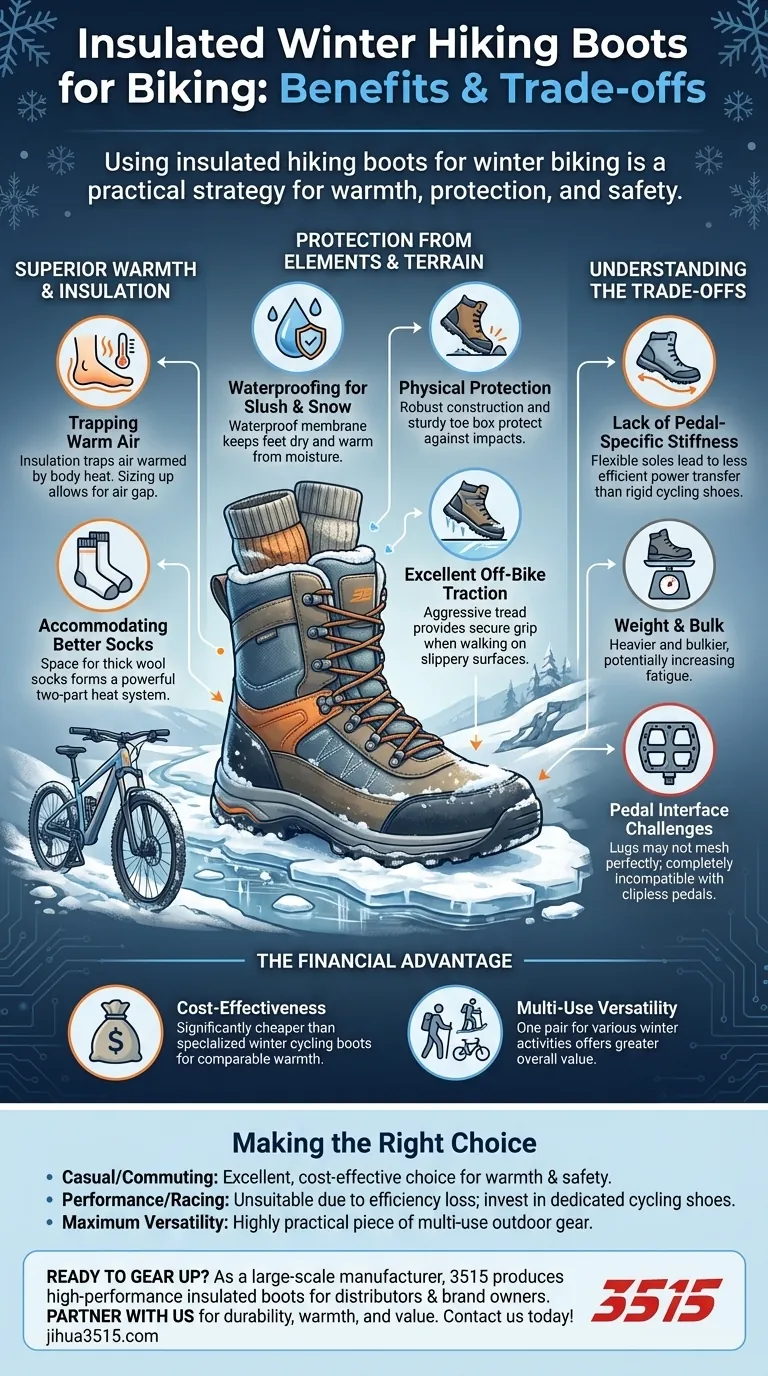
Related Products
- Factory-Direct Wholesale Canvas Boots with High-Traction Rubber Soles
- Factory Direct Wholesale Rain Boots Durable Waterproof & Fully Customizable
- High Performance Fire-Retardant Waterproof Safety Boots
- Premium High-Cut Waterproof Safety Boots Manufacturing & Wholesale Solutions
- Premium Wholesale Waterproof Safety Boots High Performance Protection for Industrial Markets
People Also Ask
- What factors determine the slip resistance of rubber-soled shoes? Tread, Compound & Design Explained
- What role do slip-resistant rubber materials play in safety shoes? Ensuring Grip and Stability in Hazardous Workplaces
- What types of work environments are hiker-style rubber outsoles best for? Ideal for Outdoor & Industrial Safety
- Why is rubber commonly used for non-slip soles? The Science of Superior Grip
- Why are rubber soles beneficial in cold-weather boots? Superior Traction & Waterproofing

